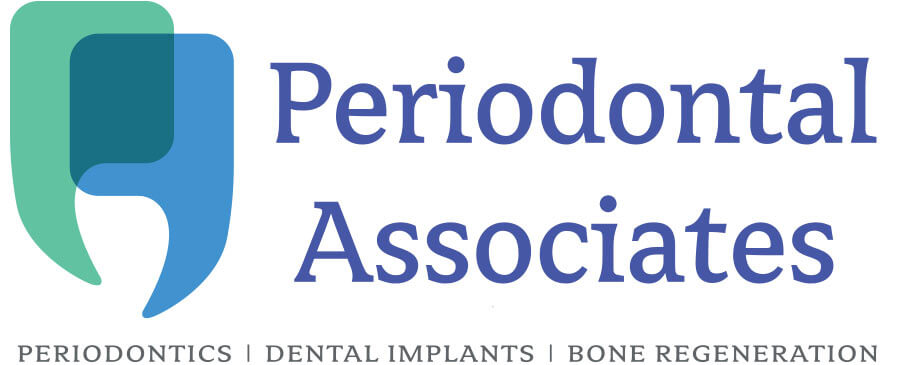
A new study on the surface chemistry of silver-colored, mercury-based dental fillings suggests that the surface forms of mercury may be less toxic than previously thought. In the study, Graham George and colleagues note that amalgam (mercury-based) fillings have been used by dentists to repair teeth for well-over a century. In recent decades their use has become controversial because of concerns about exposure to potentially toxic mercury. However, mercury can potentially exist in several different chemical forms, each with a different toxicity. Prior to this report, little was known about how the chemical forms of mercury in dental amalgam might change over time.
Using a special X-ray technique, the scientists analyzed the surface of freshly prepared metal fillings and compared these with the surface of aged fillings (about 20 years old) from a dental clinic. Fresh fillings contained metallic mercury, which can be toxic. Aged fillings, however, typically contain a form of mercury, called beta-mercuric sulfide or metacinnabar, which is unlikely to be toxic in the body.
The scientists found that the surfaces of metal fillings seem to lose up to 95 percent of their mercury over time. Loss of potentially toxic mercury from amalgam may be due to evaporation, exposure to some kinds of dental hygiene products, exposure to certain foods, or other factors.
The scientists caution that “human exposure to mercury lost from fillings is still of concern.”
Source: Science Daily, American Chemical Society
Photo Credit: American Dental Association
